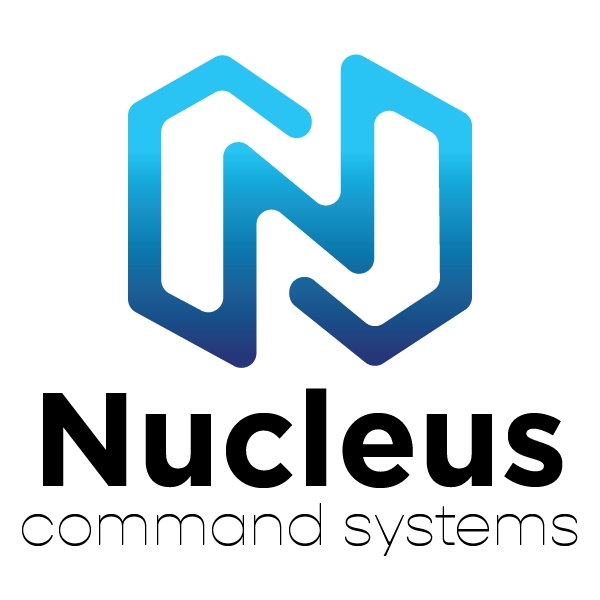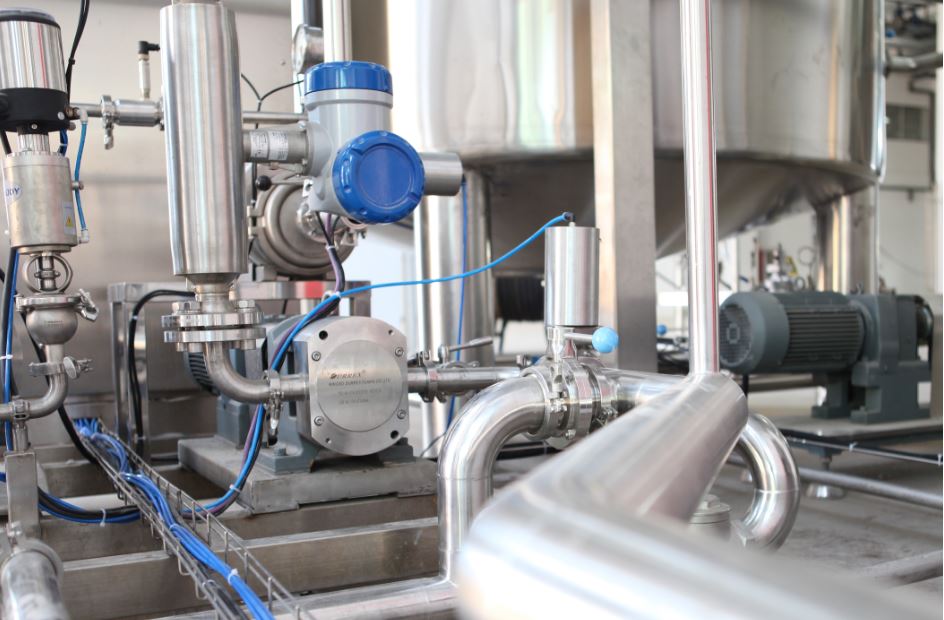The goal of most SCADA integrators is to design an efficient, safe, productive and reliable industrial automation control system. To achieve this, however, it is vital to maintain a seamless relationship between your PLC (Programmable Logic Controller) and SCADA (Supervisory Control and Data Acquisition) software system.
Indeed, the PLC-SCADA relationship is key.
Whether it’s a system for water, wastewater, oil and gas, power generation, or a manufacturing application, the design must ensure a seamless PLC-SCADA relationship. But as many systems integrators have learned, this is not always the case.
How can you avoid becoming a cautionary SCADA system tale? First, let’s start with some basics.
What does a PLC do?
A PLC is an essential piece of hardware. It performs many functions, such as monitoring inputs and outputs. A PLC also collects various vital system data, and processing numerous other data points.
If SCADA is akin to a brain, then a PLC is the wiring that enables its intelligence. When programmed properly, a PLC can efficiently control extremely complex functions in an industrial control system.
“The programmable logic controller receives information from connected input devices and sensors, processes the received data, and triggers required outputs as per its pre-programmed parameters,” as explained by Motion Control Online. “A PLC can easily monitor and record runtime data… This means that PLCs are robust and flexible manufacturing process control solutions that are adaptable to most applications.”
What is SCADA?
This video explains SCADA in a very straightfoward manner. Essentially, a SCADA system allows for the supervision and control of plant functions. This can be peformed both locally and remotely. There are many software packages on the market today. Some SCADA platforms come with very user-friendly interfaces such as Nucleus Command Systems.
SCADA systems are comprised of both hardware elements and software. A SCADA platform allows for the collection and processing of real-time data gathering. It also enables the management of alarms, sensors and monitors.
Due to the scalable nature of SCADA software systems, they can perform some powerful functions that increase productivity and efficiency of industrial systems for a range of industrial applications.
Some Vital SCADA Functions
Among the most essential functions of a SCADA system:
- Data collection, processing, storage and analysis
- Automated system control and monitoring
- Alarm notifications and various event alerts
- System reporting of events and historical playback
- Simulations and testing
The PLC – SCADA Relationship
A PLC and SCADA system are both necessary for a control system to operate. As the core intelligence platform of an industrial system, SCADA relies on the data performance duties of PLCs to function.
PLCs transmit data and forth to SCADA software. The SCADA software then determines what control and monitoring functions are needed in real-time. It then sends back that information via the PLC.
There are numerous PLC brands on the market. But not all are created equal. Some clients use them because of their legacy placement within dated systems; others offer more functionality and features.
It’s vital is that a control system design takes into account the kind of performance that will be needed from a PLC to make the system work. And, of course, perhaps most important of all: The SCADA software must be compatible with the PLC that will be installed. Then you will ensure an efficient operation, saving clients time and money.
Nucleus Command Systems offers a groundbreaking SCADA software solution that includes a range of unique features and custom services. Learn more at www.nucleuscommand.com.


Pingback: How SCADA Systems Can Benefit from the Internet of Things (IoT) - Nucleus Command Systems